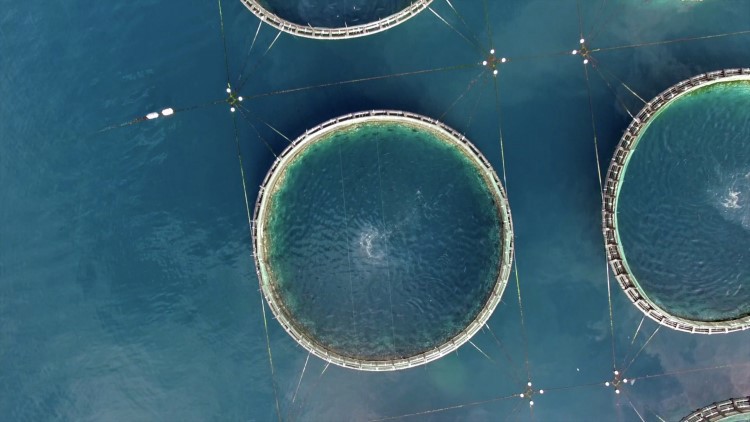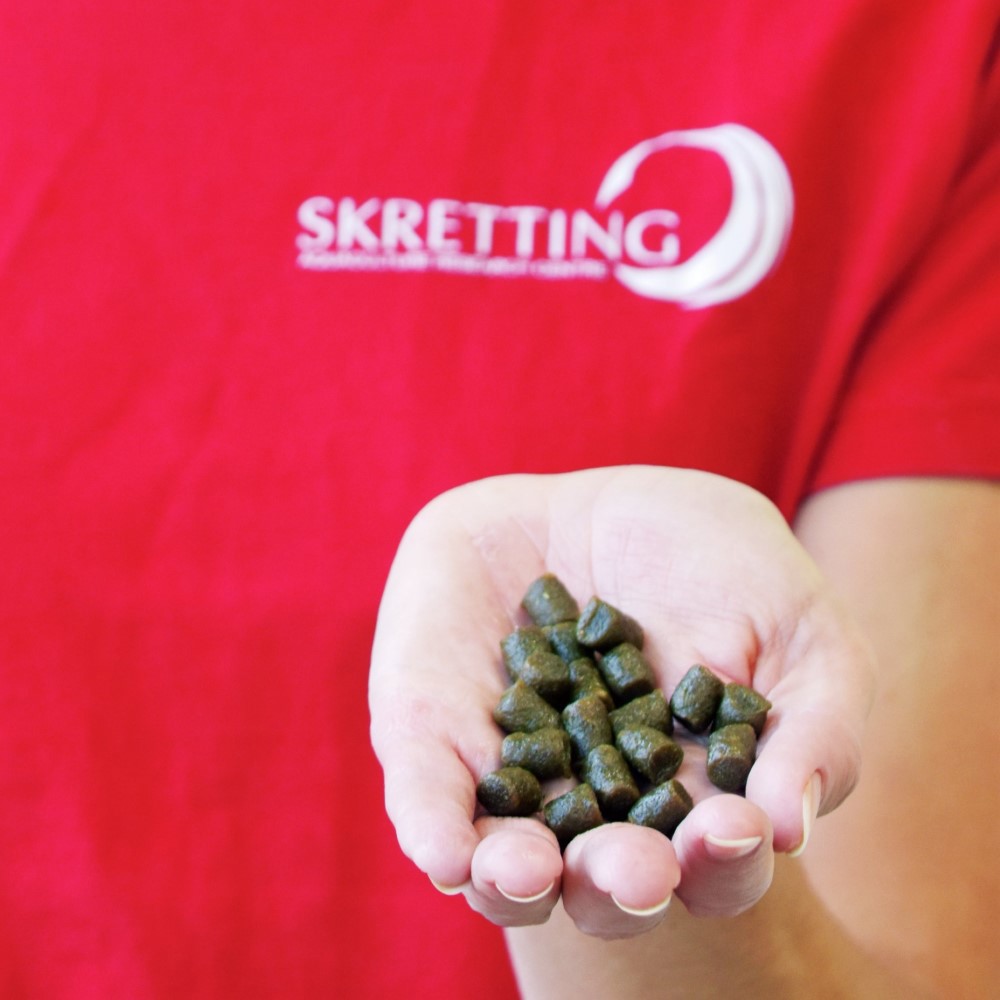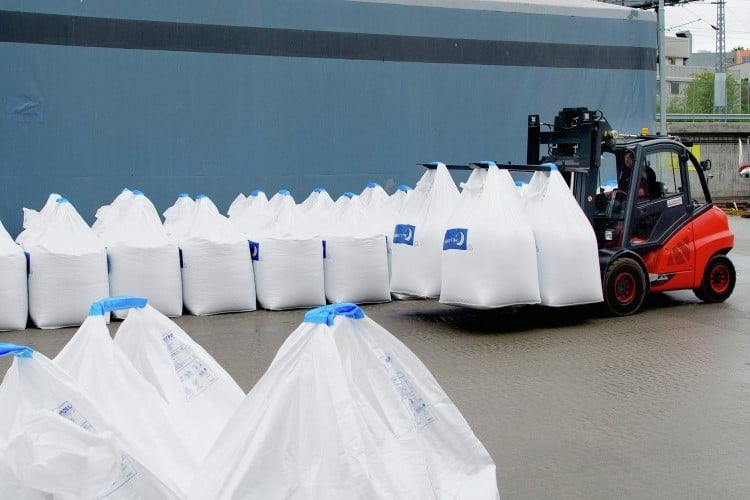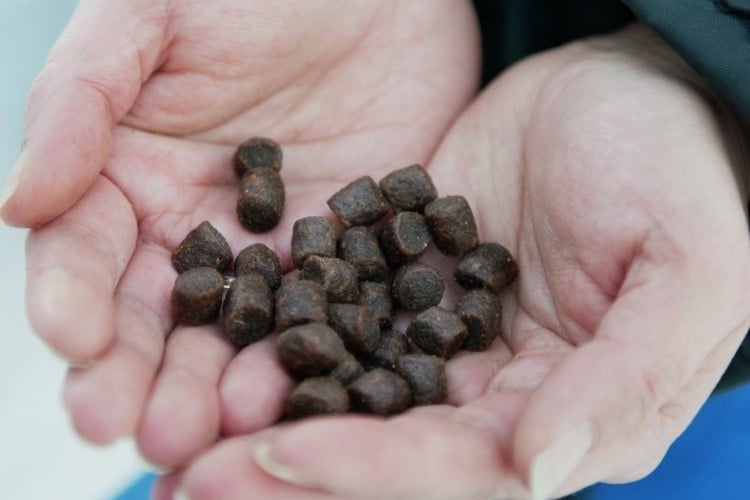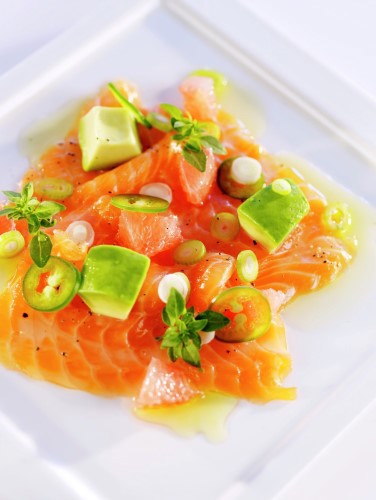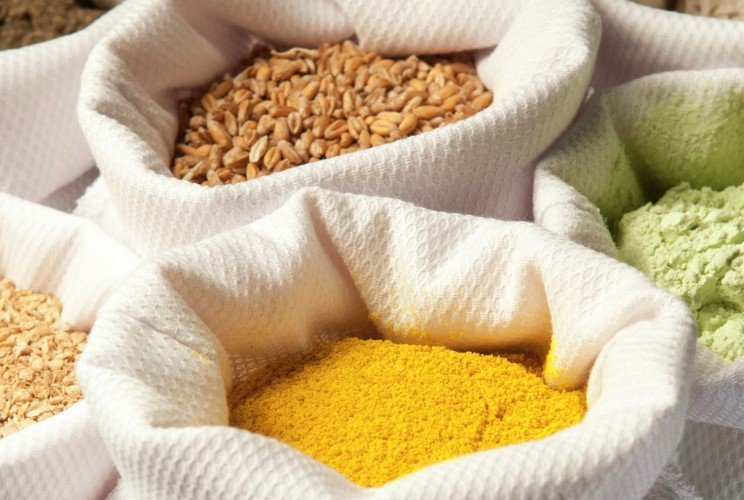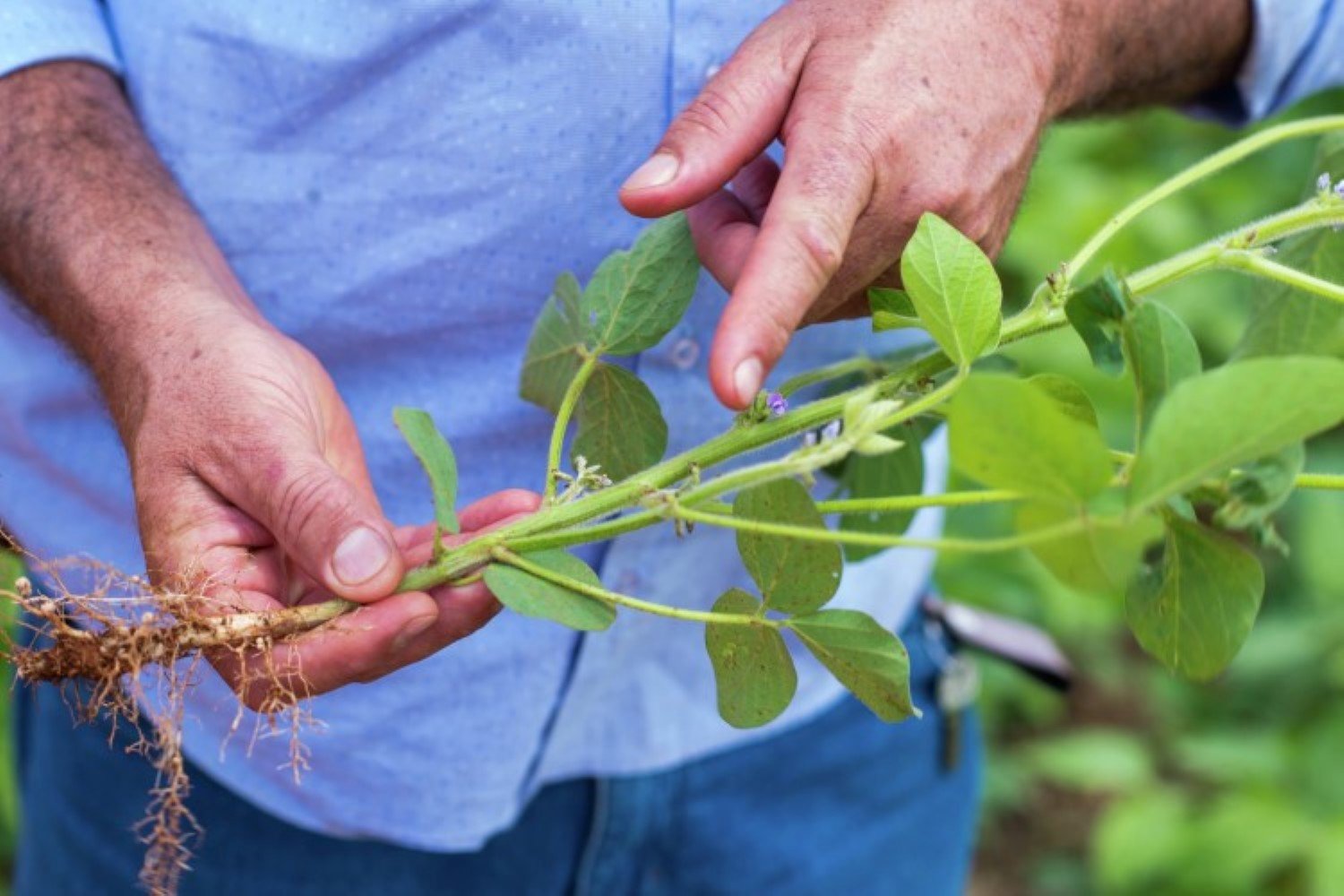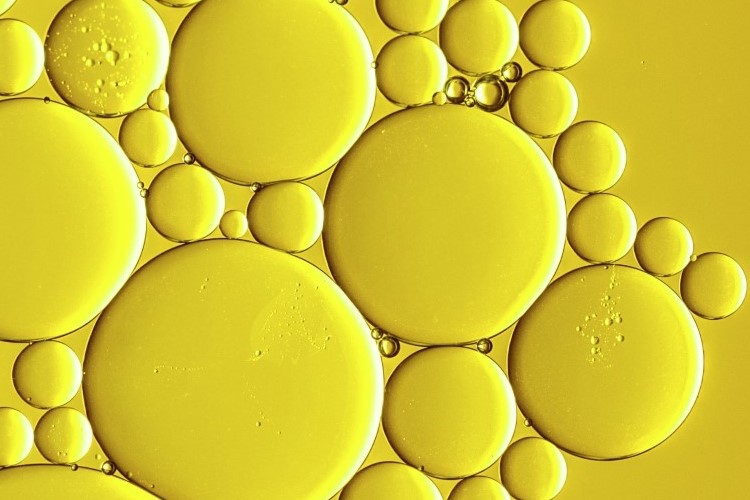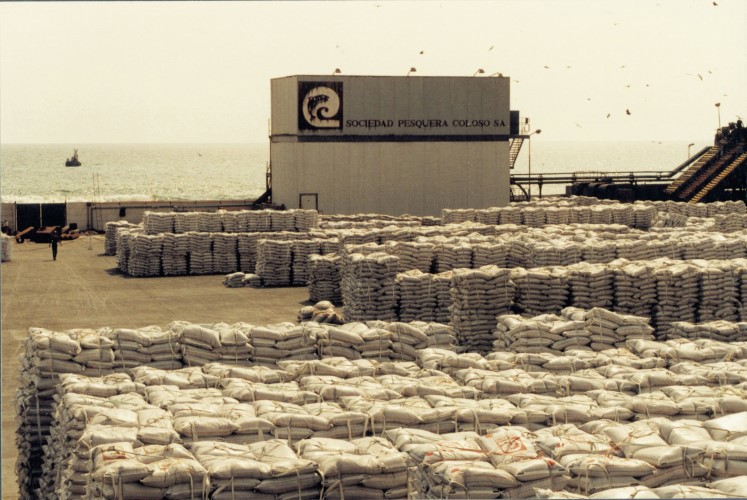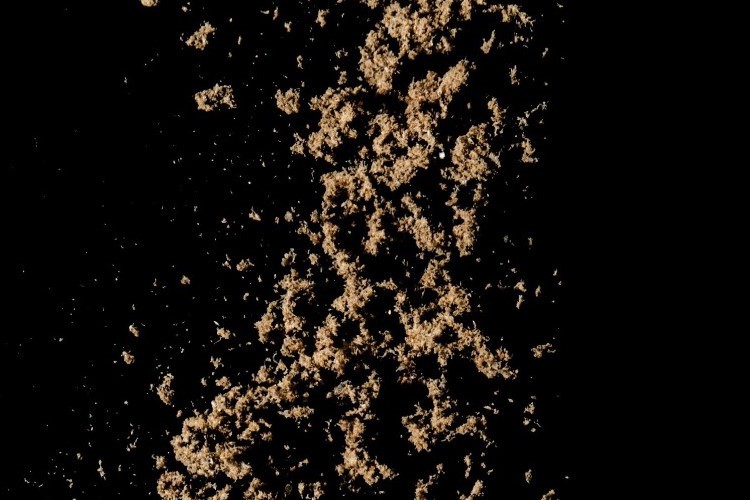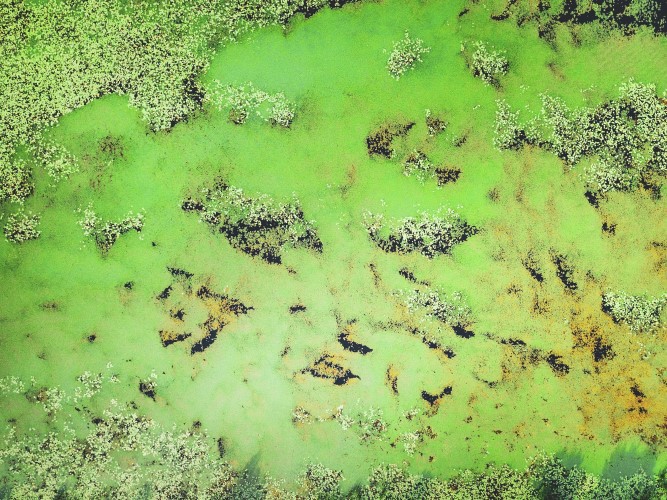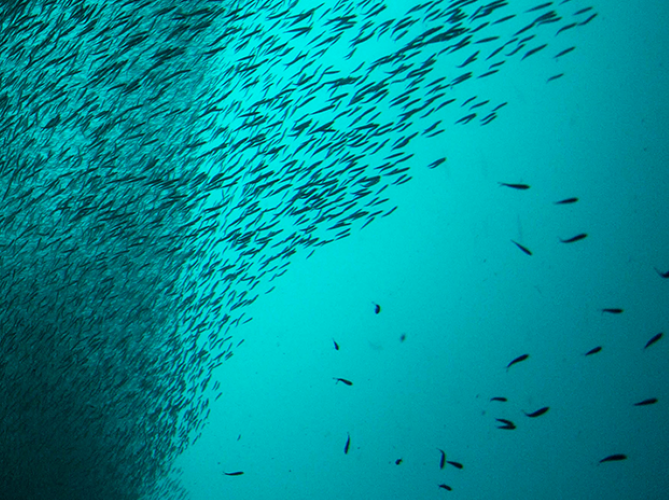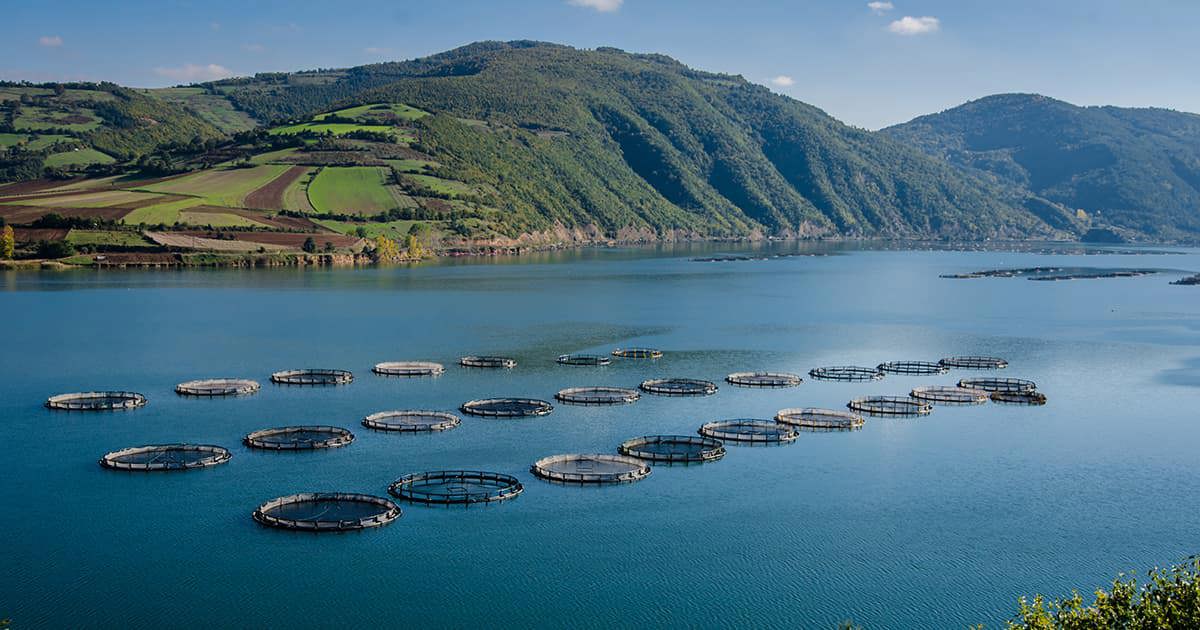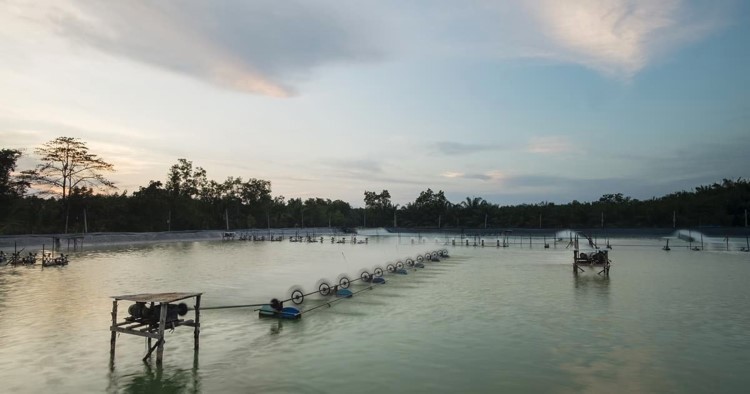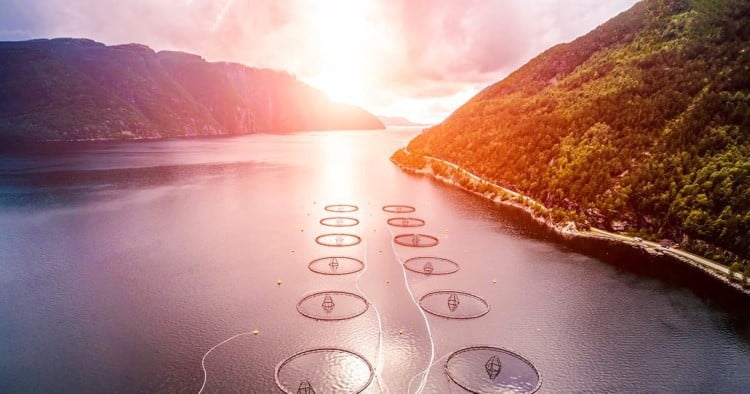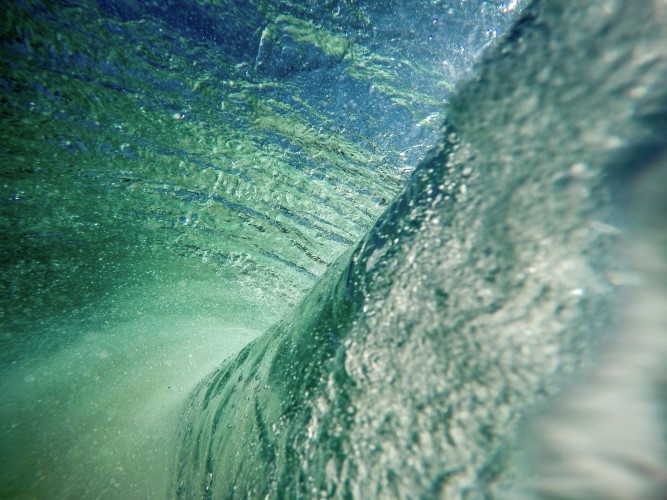
How health care supplements works in aquaculture?
Health care supplements for shrimps are nutritional supplements designed to support the health and growth of shrimps. These supplements usually contain a combination of vitamins, minerals, amino acids, and other essential nutrients that are required for healthy shrimp growth and development. Health care supplements works on 3 main components Flexibility – Easy application on farm with instant effects Controlling – Disease prevention and animal health protection Sustainability – Improves profitability in antibiotic free production systems
